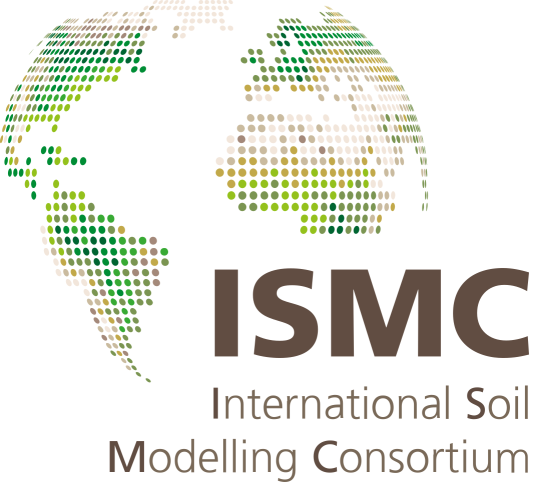Semi-supervised learning for increasing transferability of machine learning in digital soil mapping
- 1Eberhard Karls University Tübingen, Institute of Geography, Soil Science and Geomorphology, Tübingen, Germany (ruhollah.taghizadeh-mehrjardi@mnf.uni-tuebingen.de)
- 2CRC 1070 Ressource Culture, University of Tübingen, 72070 Tübingen, Germany
- 3Faculty of Agriculture and Natural Resources, Ardakan University, P.O. Box 184, Ardakan, Iran
- 4Department of Computer Engineering, Faculty of Engineering, Ardakan University, P.O. Box 184, Ardakan, Iran
- 5Soil and Water Research Department, Isfahan Agricultural and Natural Resources Research and Education Center, AREEO, Isfahan, Iran
- 6DFG Cluster of Excellence “Machine Learning”, University of Tübingen, 72070 Tübingen, Germany
The most critical aspect of application of digital soil mapping is its limited transferability. Modelling soil properties for regions where no or only sparse soil information is available is highly uncertain, when using the low-cost geo-spatial environmental covariates alone. To overcome this drawback, transfer learning has been introduced in different environmental sciences, including soil science. The general idea behind extrapolation of soil information with transfer learning in soil science is that the target area to transfer to is alike, e.g. in terms of soil-forming factors, and the same machine learning rules can be applied. Supervised machine learning, so far, has been used to transfer the soil information from the reference to the target areas with very similar environmental characteristics between both. Hence, it is unclear how machine learning can perform for other target regions with different environmental characteristics. Semi-supervised learning is an approach to machine learning that combines a small amount of labeled data (reference area) with a large amount of unlabeled data (target area) during training. In this study, we explored if semi-supervised learning could improve the transferability of digital soil mapping relative to supervised learning methods. Soil data for two arid regions and associated environmental covariates were obtained. Semi-supervised learning and supervised learning models were trained based on the data in the reference area and then tested based on the data in the target area. The results of this study indicated the higher power of semi-supervised learning for transferring soil information from one area to another in comparison to the supervised learning method.
How to cite: Taghizadeh-Mehrjardi, R., Sheikhpour, R., Toomanian, N., and Scholten, T.: Semi-supervised learning for increasing transferability of machine learning in digital soil mapping , 3rd ISMC Conference ─ Advances in Modeling Soil Systems, online, 18–22 May 2021, ISMC2021-32, https://doi.org/10.5194/ismc2021-32, 2021.

